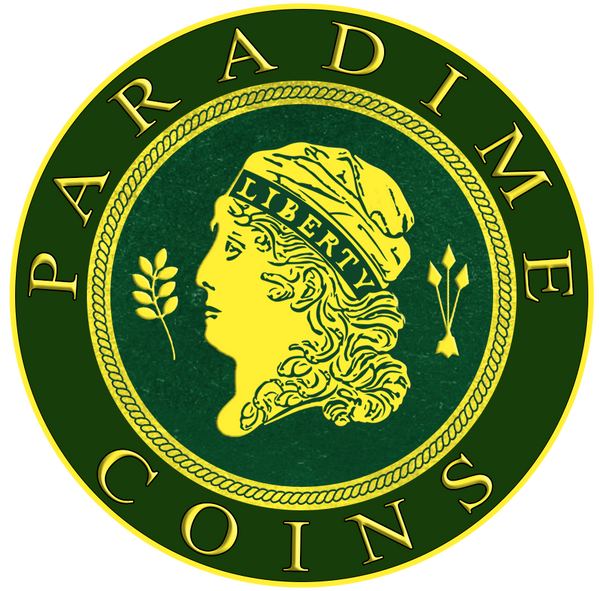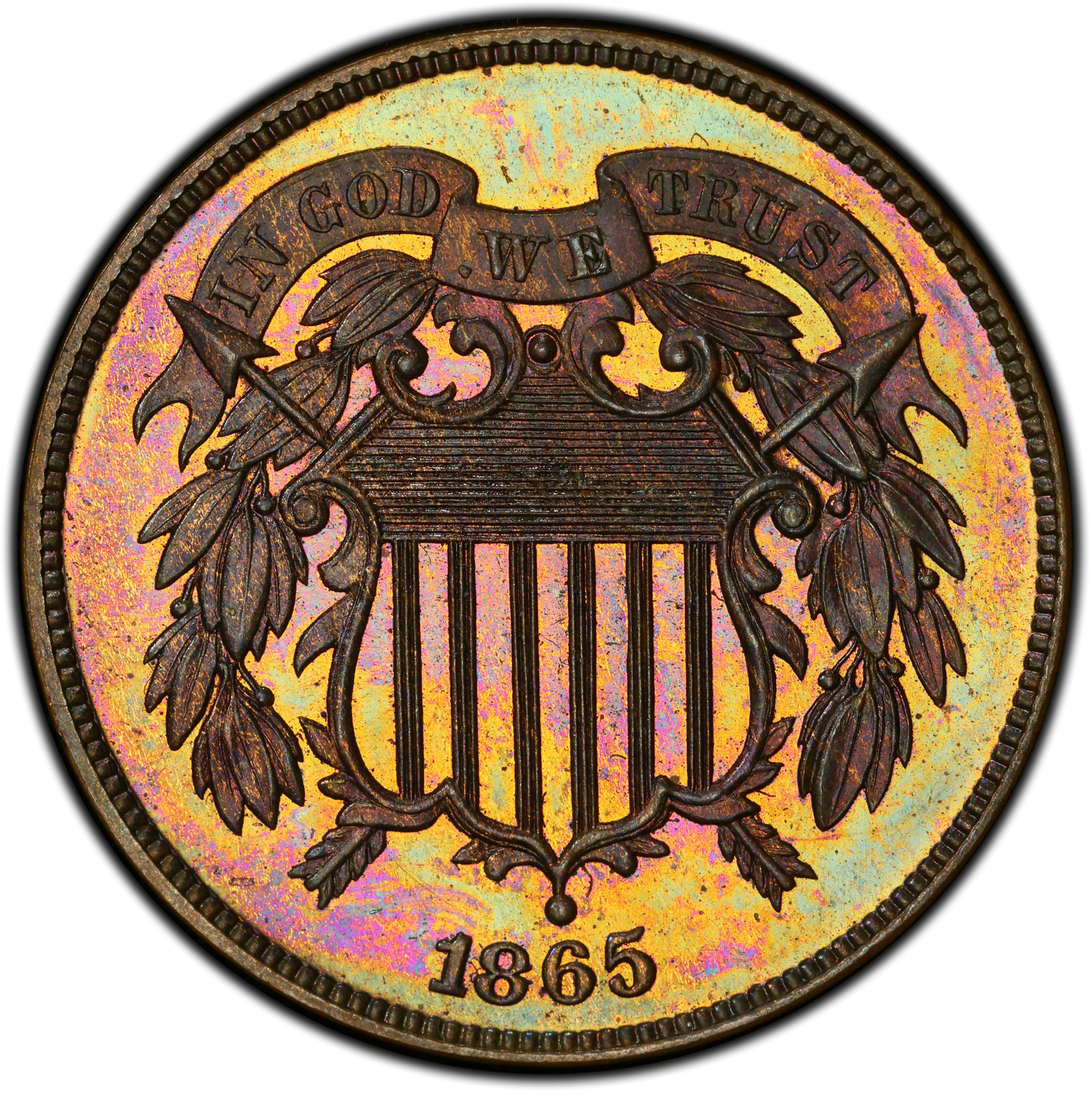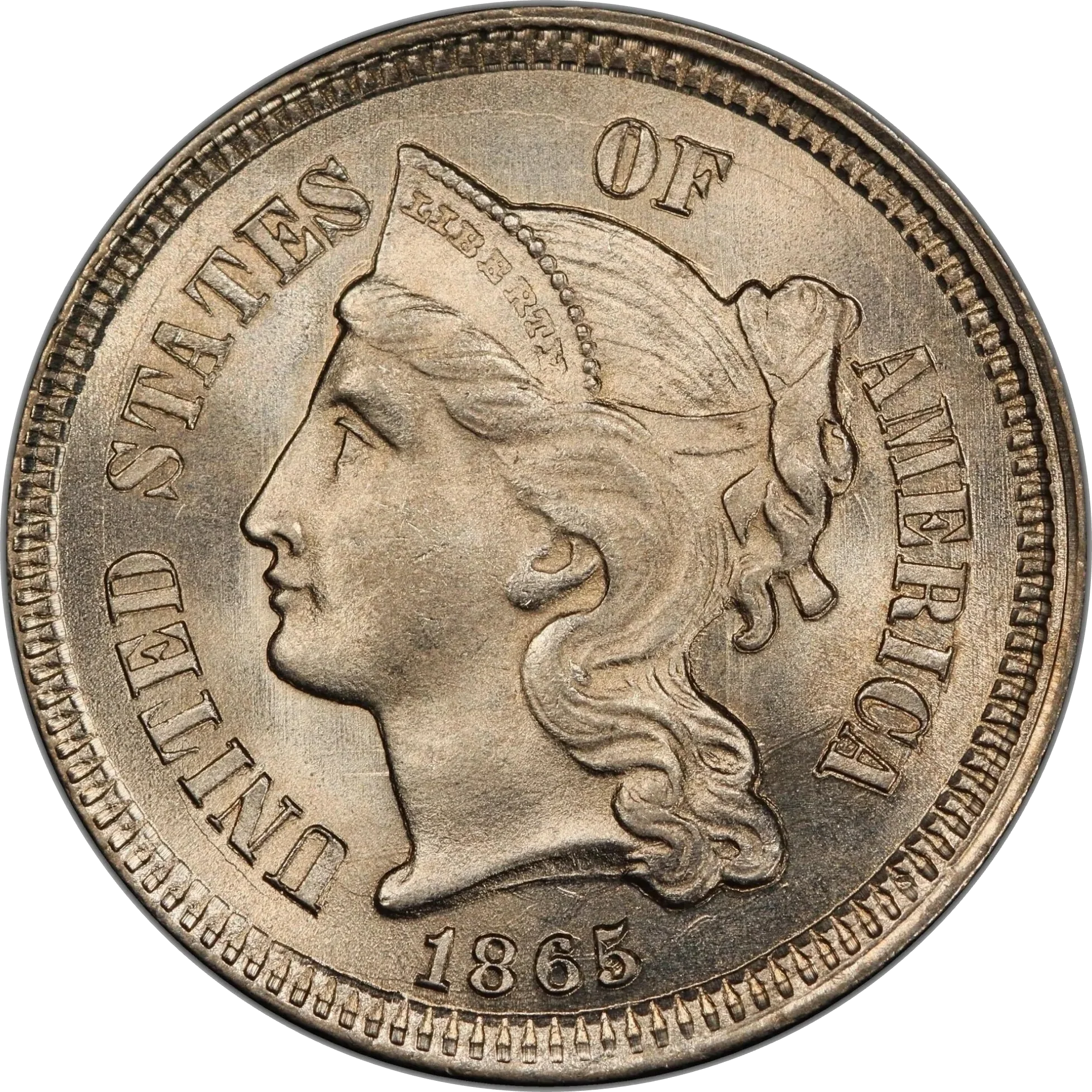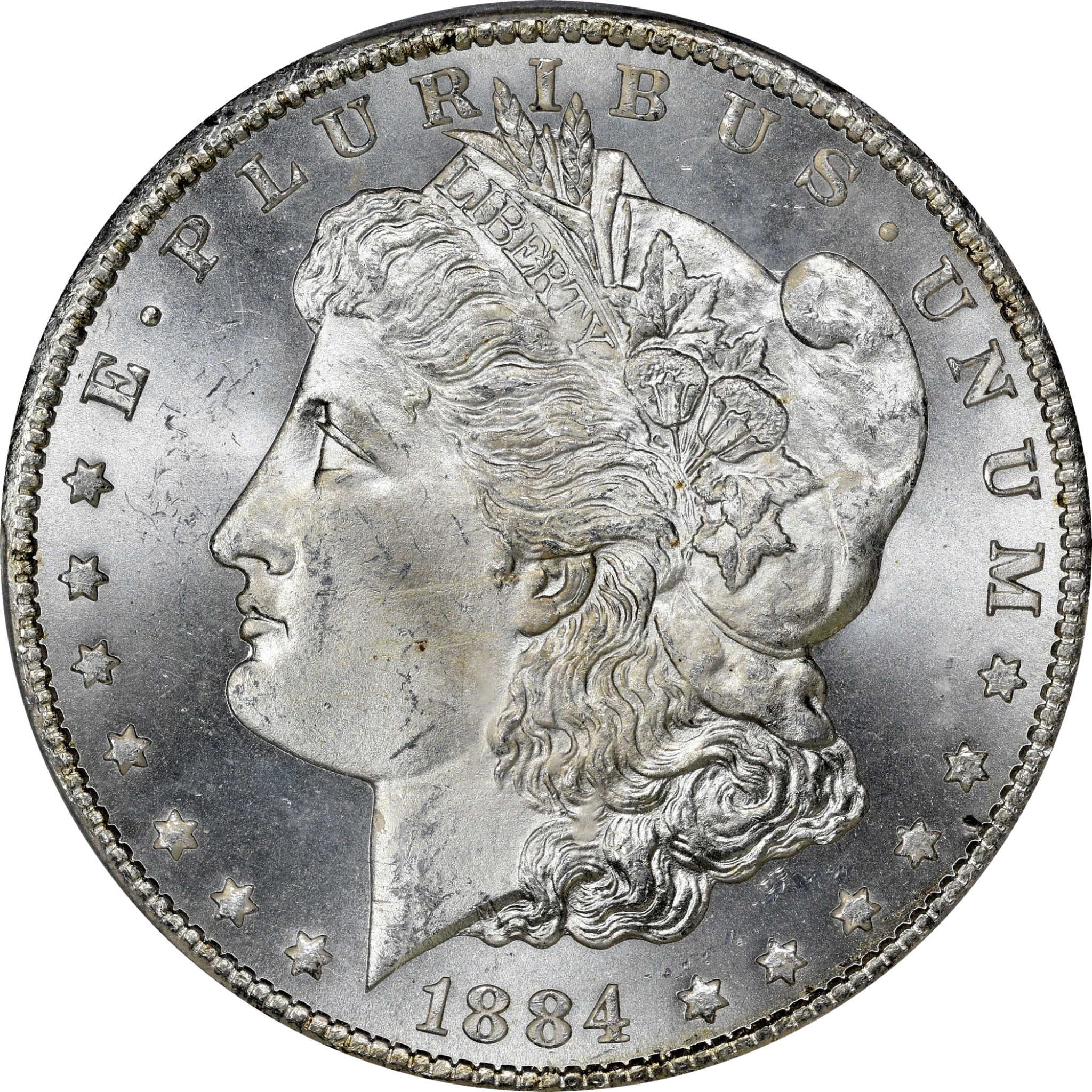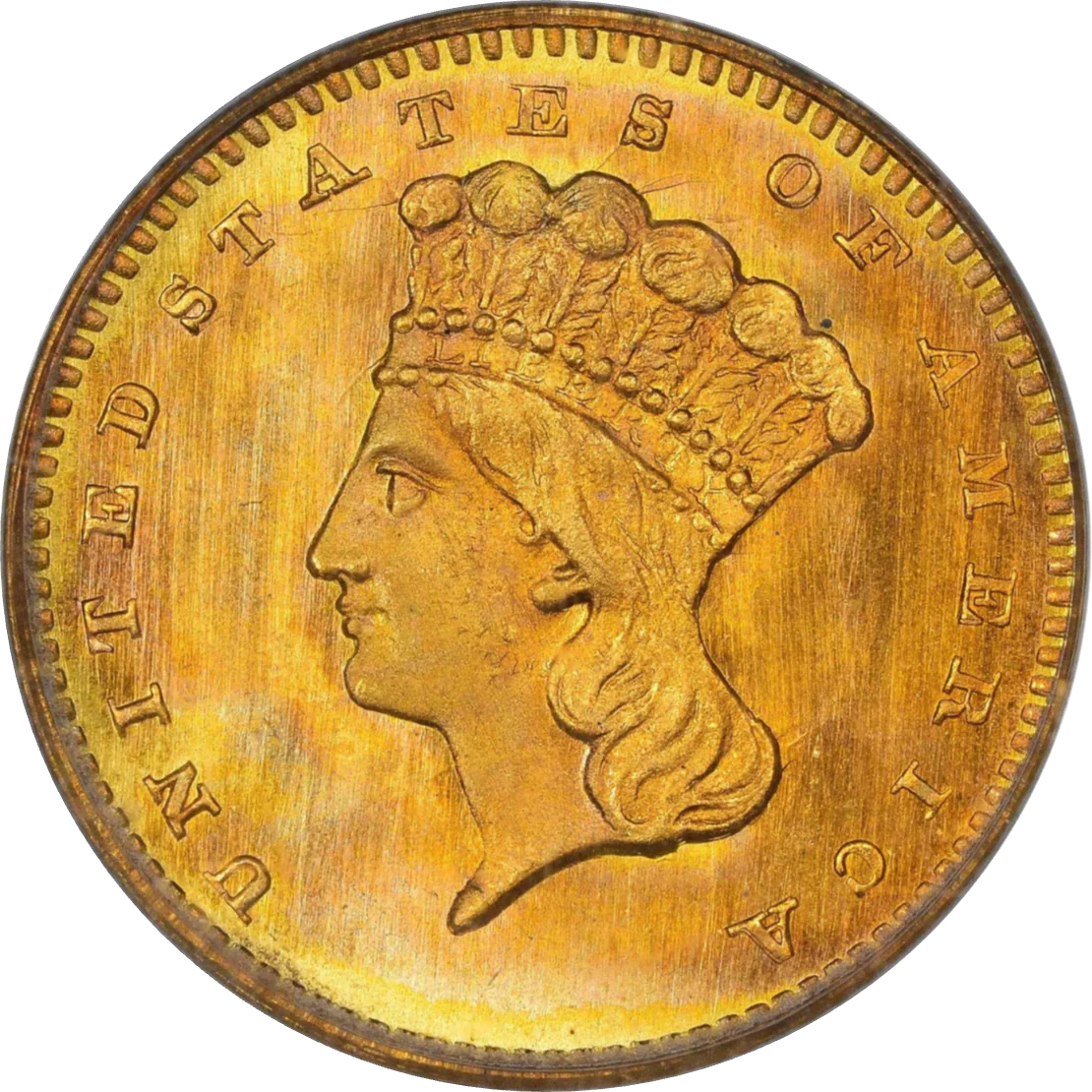Collection: Type 2, Wartime
No products found
View All Inventory
Designed by: Felix O. Schlag
Issue Dates: 1942-1945
Composition: 56% copper, 35% silver, 9% manganese
Diameter: 21.2 mm
Weight: 5.00 grams (77.16 grains)
Edge: Plain
Business Strike Mintage: 869,896,100
Proof Mintage: 27,600
The so-called “wartime” Jefferson nickels, struck from 1942 through 1945, reflect a strategic World War II-era modification to ... Read More
Designed by: Felix O. Schlag
Issue Dates: 1942-1945
Composition: 56% copper, 35% silver, 9% manganese
Diameter: 21.2 mm
Weight: 5.00 grams (77.16 grains)
Edge: Plain
Business Strike Mintage: 869,896,100
Proof Mintage: 27,600
The so-called “wartime” Jefferson nickels, struck from 1942 through 1945, reflect a strategic World War II-era modification to conserve nickel, a critical material needed for military applications. In response to wartime demands, the U.S. Mint temporarily altered the coin’s composition from the standard alloy of 75% copper and 25% nickel to a new formula consisting of 56% copper, 35% silver, and 9% manganese. This composition not only preserved nickel for wartime industry but also resulted in coins with distinct metallurgical properties.
To facilitate identification and future sorting or redemption by the Treasury, these wartime nickels were struck with an enlarged mintmark placed above the dome of Monticello on the reverse—a unique feature exclusive to this subset of the series. This marked the first time the Philadelphia Mint used a mintmark on any U.S. coin, denoted by a prominent “P”. Coins struck at Denver and San Francisco continued to use “D” and “S” mintmarks, respectively.
It is believed that Harry Forman, a prominent Philadelphia coin dealer, first coined the term “wartime nickels,” a designation that has since become widely adopted in numismatic circles. Today, these coins are collected as a distinct and historically significant subtype within the Jefferson nickel series.
Business strikes from this period are readily available in grades ranging from Very Good to Mint State, though worn pieces often appear heavily abraded and visually unappealing. As such, collectors are encouraged to pursue examples in Uncirculated condition, which tend to exhibit strong strikes and superior luster.
In 1942, the Philadelphia Mint produced 27,600 Proofs using the wartime alloy, each bearing the large “P” mintmark above Monticello. These wartime Proofs are notable both for their limited mintage and their distinct metallic composition. While they remain relatively available on the market, sustained interest from type collectors and series specialists has driven a steady increase in demand and value over recent decades.
The wartime five cents Jefferson nickel set stands as an important and accessible chapter in 20th-century U.S. coinage—sought after for its historical relevance, distinctive alloy, and unique design diagnostics.
... Read Less